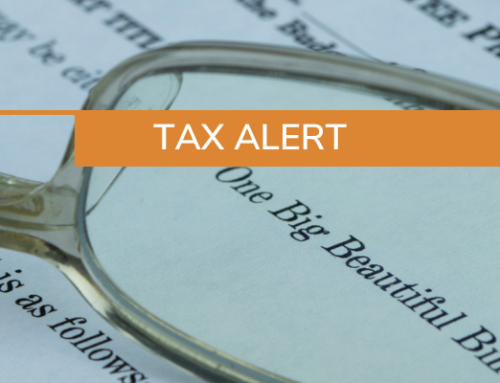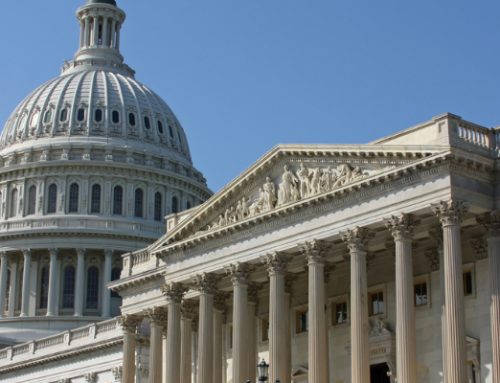Many U.S. companies took advantage of the Paycheck Protection Program, Economic Injury Disaster Assistance Loans, and other funding sources to shore up cash flow amid the coronavirus pandemic. Though outside funding was in many cases critically necessary, as a result there are many more companies that may now carry excessive debt. As a means to discourage American businesses from over-leveraging themselves, Section 163(j) enacted limitations on how much business interest expense can be deducted.
Section 163(j) has undergone changes at the federal level through both the Tax Cuts and Jobs Act of 2017 and the CARES Act, which was passed March 27, 2020. The IRS issued final guidance on the treatment of Section 163(j) on July 27, 2020. A snapshot of major changes to the rule is as follows:
Pre-TCJA:
- Business interest expense deduction limited to 50 percent of adjusted taxable income (ATI).
- The deduction was limited if the debt-to-equity ratio exceeded 1.5 to 1.0.
Post-TCJA:
- Business interest expense deduction limited to business interest income, 30 percent of ATI and floor plan financing interest.
- The debt-to-equity ratio requirement was eliminated.
CARES Act:
- For tax years beginning 2019 and 2020, taxpayers calculate their 163(j) limitation now using 50% of ATI instead of 30%.
- Partnerships can only utilize this for tax years beginning in 2020 NOT 2019
- All others utilize this for tax years beginning 2019 and 2020.
- If a taxpayer still desires to use 30% limitation, it must elect out of the 50% treatment.
- Partnerships can elect to use their 2019 ATI (which may be higher) for taxable years beginning in 2020. They must make an election to do so.
- Partners in partnerships can deduct 50% of their “excess business interest expense” allocated from a partnership in their first taxable year beginning in 2020 without applying ant 163(j) limitations.
- Remaining 50% is treated as usual per the rules
- If this treatment was not desired, you must elect out.
Further, the calculation for ATI will change after 2021. For tax years beginning in 2022, depreciation and amortization cannot be added back. This will lower the value of the business interest expense deduction. When deprecation and amortization are included in the ATI calculation, a company could utilize large depreciation deductions without impacting ATI. In 2022, these large deductions cannot be added back to ATI which will lower the business interest expense deduction allowed.
When it comes to ATI, higher is better, and the new rules will affect the timing of major fixed and capital asset purchases. In addition to other CARES Act-related tax guidance, business taxpayers may need to examine business losses as far back as 2013, evaluate whether changes to the Qualified Improvement Property rule necessitate prior year amendments, and consider the impact of a lower ATI when it comes to capitalizing assets and leveraging debt beginning in 2022.





